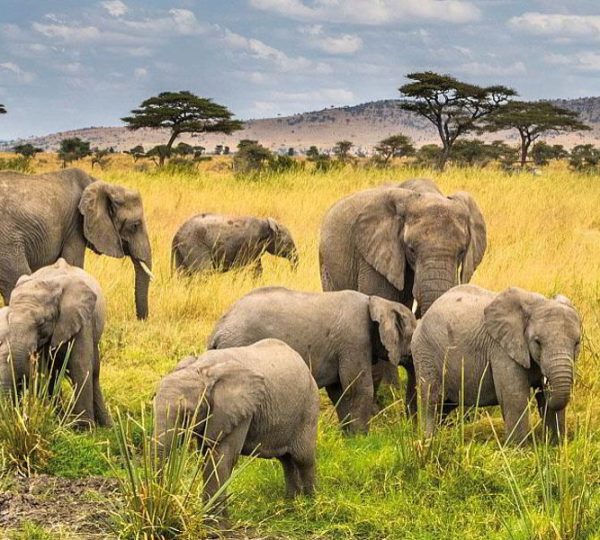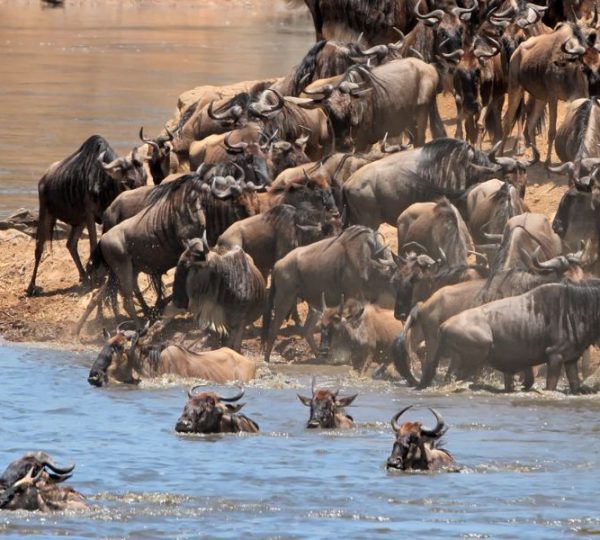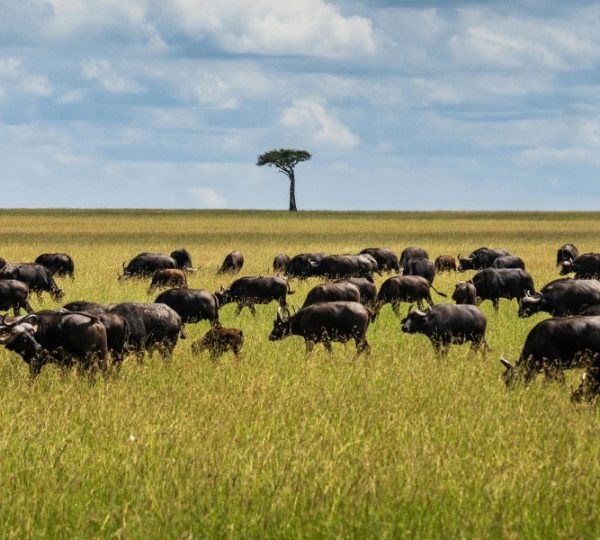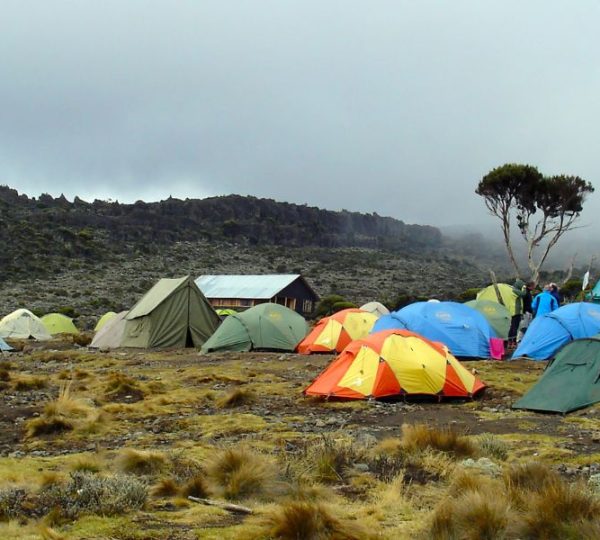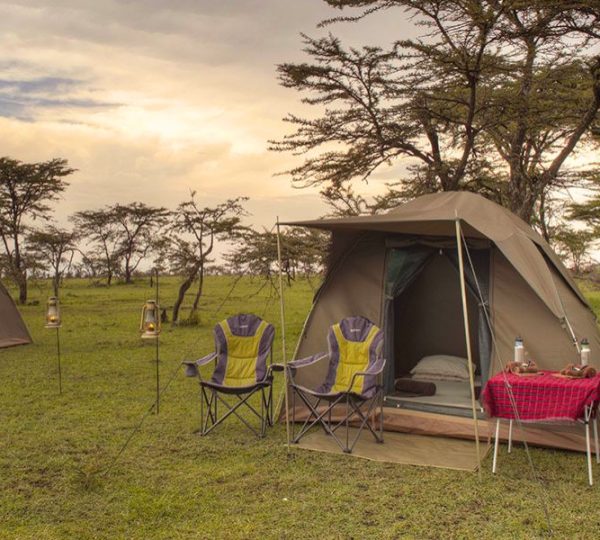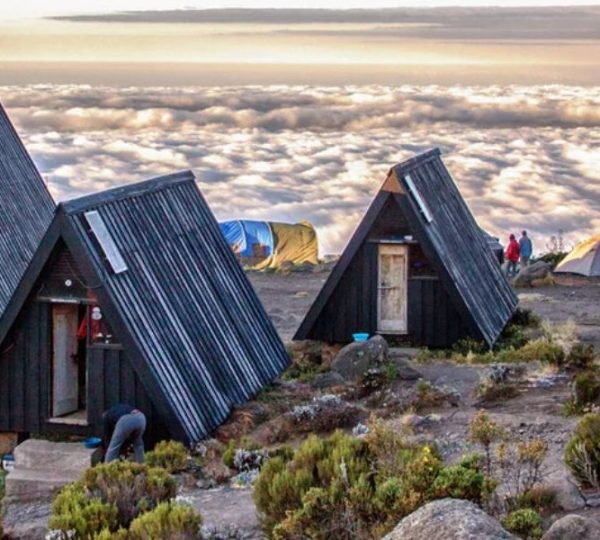Welcome to Kilimanjaro National Park, where one can even come across elephants, between the Namwai and Tarakia rivers.
5,895 meters Kilimanjaro is the highest point in Africa. This massive volcano stands in splendid isolation above the surrounding plains, with its (fast-melting) snowy peak looming over the savannah. The mountain is encircled by mountain forest. Numerous mammals, many of them endangered species, live in the Park. The whole mountain including the montane forest belt is very rich in species, in particular mammals, many of them endangered species. For this combination of features but mostly its height, its physical form and snow cap and its isolation above the surrounding plains, Mount Kilimanjaro is considered an outstanding example of a superlative natural phenomenon.
Kilimanjaro national park is endowed with a diverse variety of attractions ranging from terrestrial wilderness to permanent glaciers on the mountain peaks. Vegetation types vary from low to high altitude: montane forest, moorland, upland moor, alpine bogs and alpine desert. Perfect weather throughout the year attracts some of Africa’s most spectacular wildlife – herds of wildebeest stampeding across the plains, families of elephants flocking to steaming watering holes, and flocks of rare birds gliding through the air.
Things to do in Kilimanjaro National Park
Camping
Mountain Climbing
Mountain Cycling
Paragliding
Game Drive
Bird watching
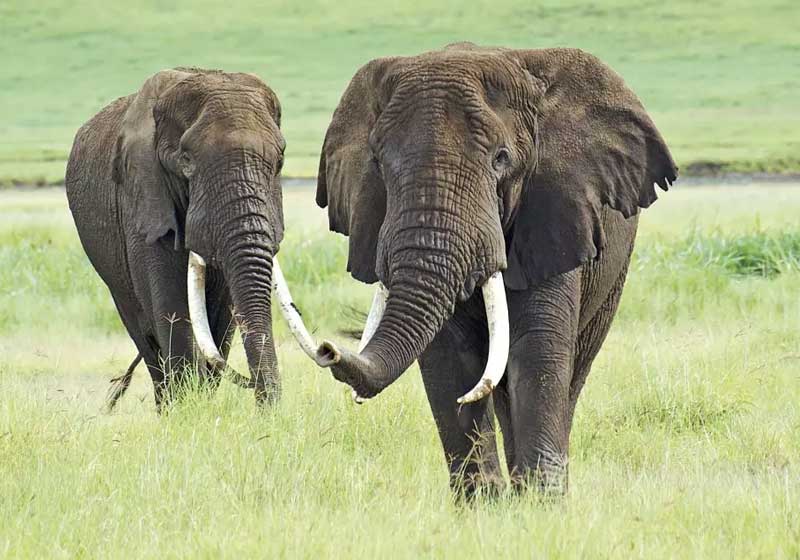
Best Time to Visit Kilimanjaro National Park
What make this park unique
- Wildlife, the national park harbors a wide range of animals including forest elephants, grey duikers, bushbucks, cape buffaloes, tree hyrax, primates like blue monkeys, bush babies, baboons, black faced monkeys among others which can be viewed during the guided nature walks or hiking mount Kilimanjaro.
- Home to the famous Mount Kilimanjaro National Park has emerged as one of Africa’s stand-out highlights, offering itineraries well suited to the most intrepid of travellers from around the world.
- Kilimanjaro national park has emerged as one of Africa’s stand-out highlights, offering itineraries well suited to the most intrepid of travellers from around the world.

We'll be there, like we've been there before.
Best Time for Tanzania
Late December to March: dry season with warmer temperatures.March to May: the rainy season, what locals call the long rains (six to eight weeks of rain)
Health at Tanzania
Visitors originating from countries with possible exposure to cholera and yellow fever should travel with valid vaccination certificates.
Tanzania Visa
The majority of foreign citizens visiting Tanzania for tourism are required to carry a valid Tanzanian visa to enter the country through border entry points.
Tanzania Weather
Tanzania is hot throughout the year and is humid on the coast and dry on the central plateau.
Tanzania Safari Packing List
This Tanzania Safari packing list is just a recommended guideline for your reference. Everything is optional for you to choose from.
Tipping in Tanzania
Tipping is a form of appreciation that you give to a service provider and this practice is done across different destinations in Tanzania.
Tanzania Safari FAQs
Do I need a visa?
For tourism and leisure purposes, a single entry tourist visa is the most common requirement for entry into Tanzania
Tanzania Safari Cost
Our well-planned travel itineraries will not only help you generate the right Tanzania safari budget but also let you enjoy the most amazing safari activities at relatively affordable costs.

